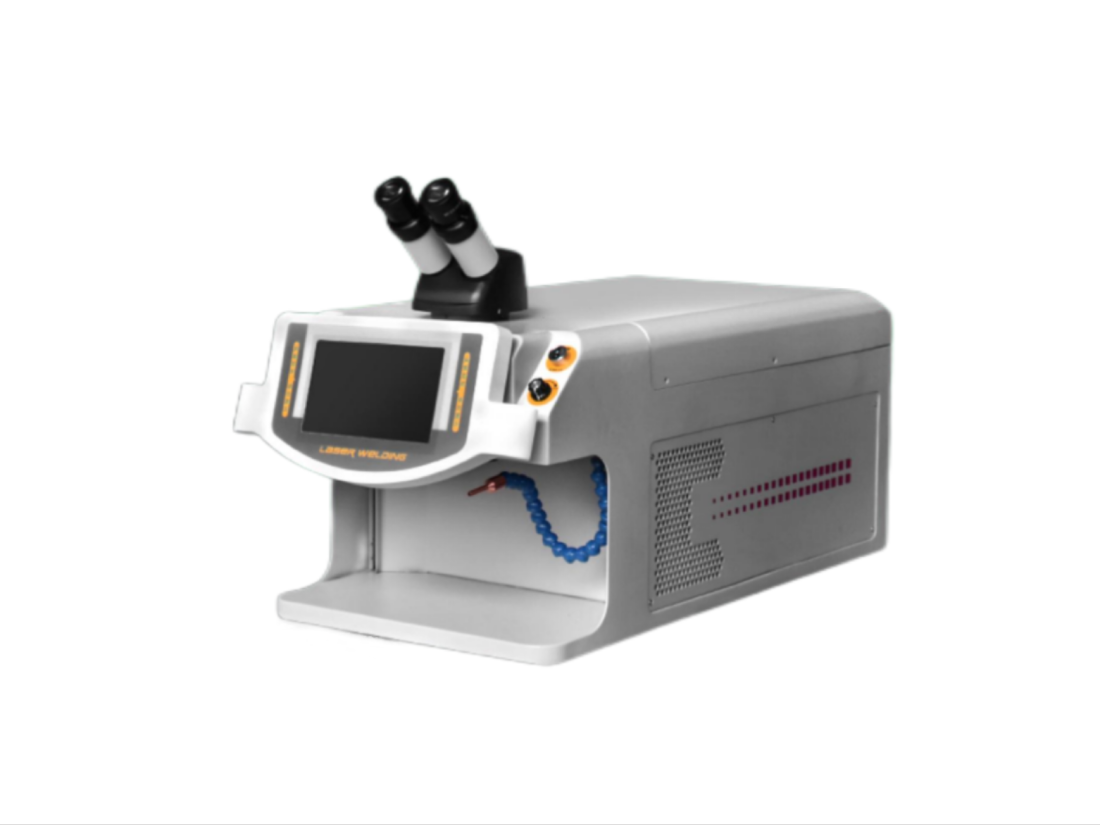- No.609, Centre Of Huijin Nanxiang, Yinxiang Road, Nanxiang Town, Jiading District, Shanghai, China
- sherry@sanmachines.com
- +86-18616767021
Are there any limitations to using a pulsed laser cleaning machine?
Although pulsed laser cleaning machines have many advantages, there are some limitations to their use. Here are the main limitations to consider:
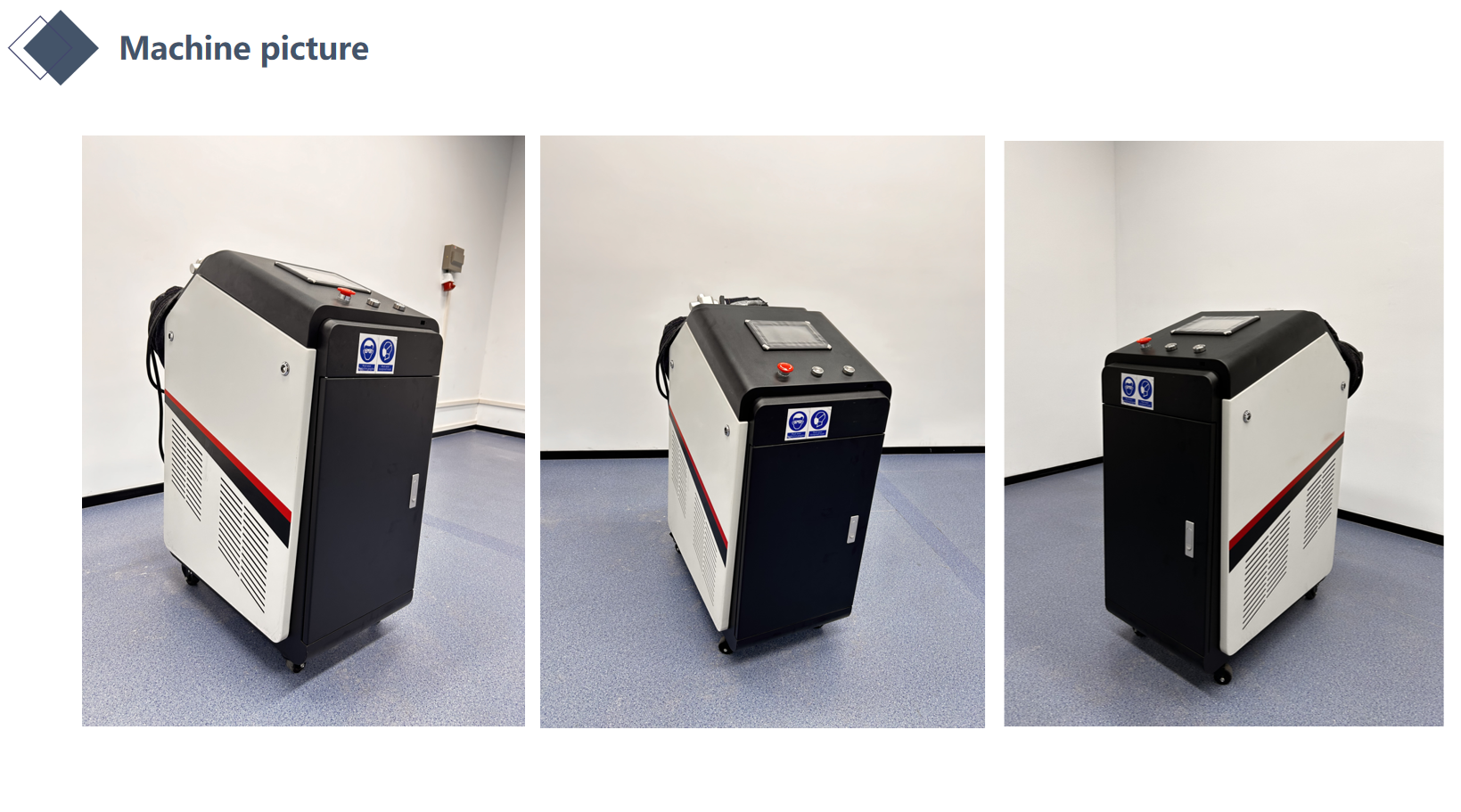
1. Initial investment cost
· High purchase price: The initial investment for a pulsed laser cleaning machine can be quite large compared to traditional cleaning methods, which can be a barrier for small businesses or low-budget projects.
2. Specificity of use
· Material limitations: Not all materials are suitable for laser cleaning. Some plastics and reflective surfaces are difficult to clean effectively without causing damage or ineffective cleaning.
· Surface preparation: Some surfaces may require pretreatment or specific conditions to be suitable for laser cleaning.
3. Technical expertise required
· Training needs: Operating a pulsed laser cleaning machine requires specialized training to ensure safe and effective use. This can involve a steep learning curve and additional training costs.
· Maintenance knowledge: Regular maintenance and troubleshooting require a good understanding of the equipment, which may require hiring or training skilled personnel.
4. Cleaning speed
· Slower cleaning of large areas: While pulsed laser cleaning is very effective for precise and small-scale tasks, it can be slower for cleaning large areas compared to some traditional methods such as sandblasting.
5. Surface Treatment
· Potential Surface Changes: In some cases, laser cleaning may alter the surface finish, especially at higher power settings. This may not be suitable for all applications, especially where the original surface finish needs to be preserved.
6. Energy Consumption
· Power Requirements: High-power laser cleaning machines can require significant amounts of energy, which can result in higher operating costs, especially in areas where electricity is expensive.
7. Limited Accessibility
· Complex Geometries: While laser cleaning is adaptable, it can have difficulty handling very complex geometries or deep grooves, as these require the laser beam to penetrate hard-to-reach areas.
8. Health and Safety Issues
· Laser Safety Risks: Operators must follow strict safety protocols to prevent accidents, as exposure to high-intensity laser beams can cause serious injuries, including burns or eye damage.
· Fume Management: The process can generate hazardous fumes or particulate matter, requiring adequate ventilation and fume extraction systems to ensure a safe working environment.
9. Environmental Conditions
· Operating Environment: The effectiveness of laser cleaning can be affected by environmental conditions, such as ambient temperature and humidity. This may require a controlled environment for optimal performance.
10. Surface Damage Potential
· Overexposure Risk: If not properly controlled, lasers can cause surface damage such as micro-cracks or overheating, especially with sensitive materials.
11. Spare Parts Availability
· Component Replacement: Procuring and replacing specific components of a laser system can be costly and time-consuming, especially for high-tech parts that require specialized suppliers.
12. Regulatory Compliance
· Regulatory Restrictions: Certain regions may have strict regulations on the use of high-power lasers, requiring additional compliance measures and potentially restricting their use.
Related product links


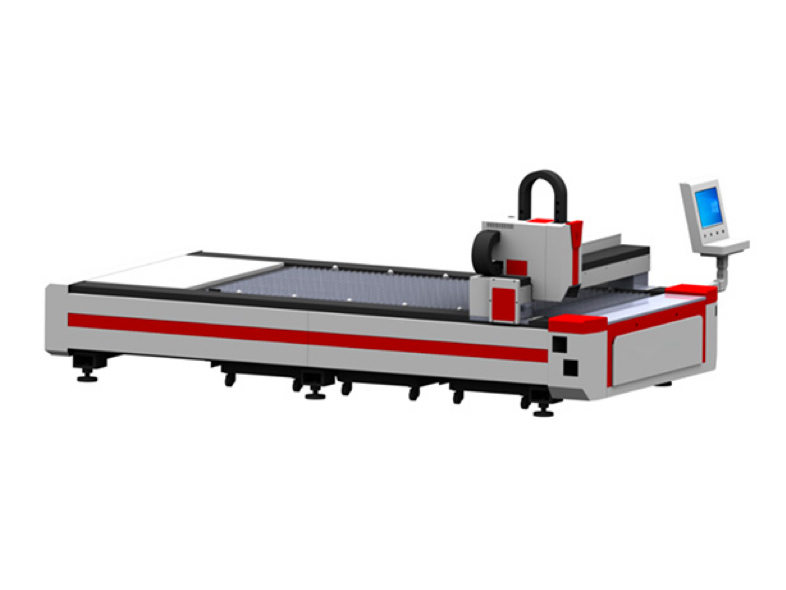
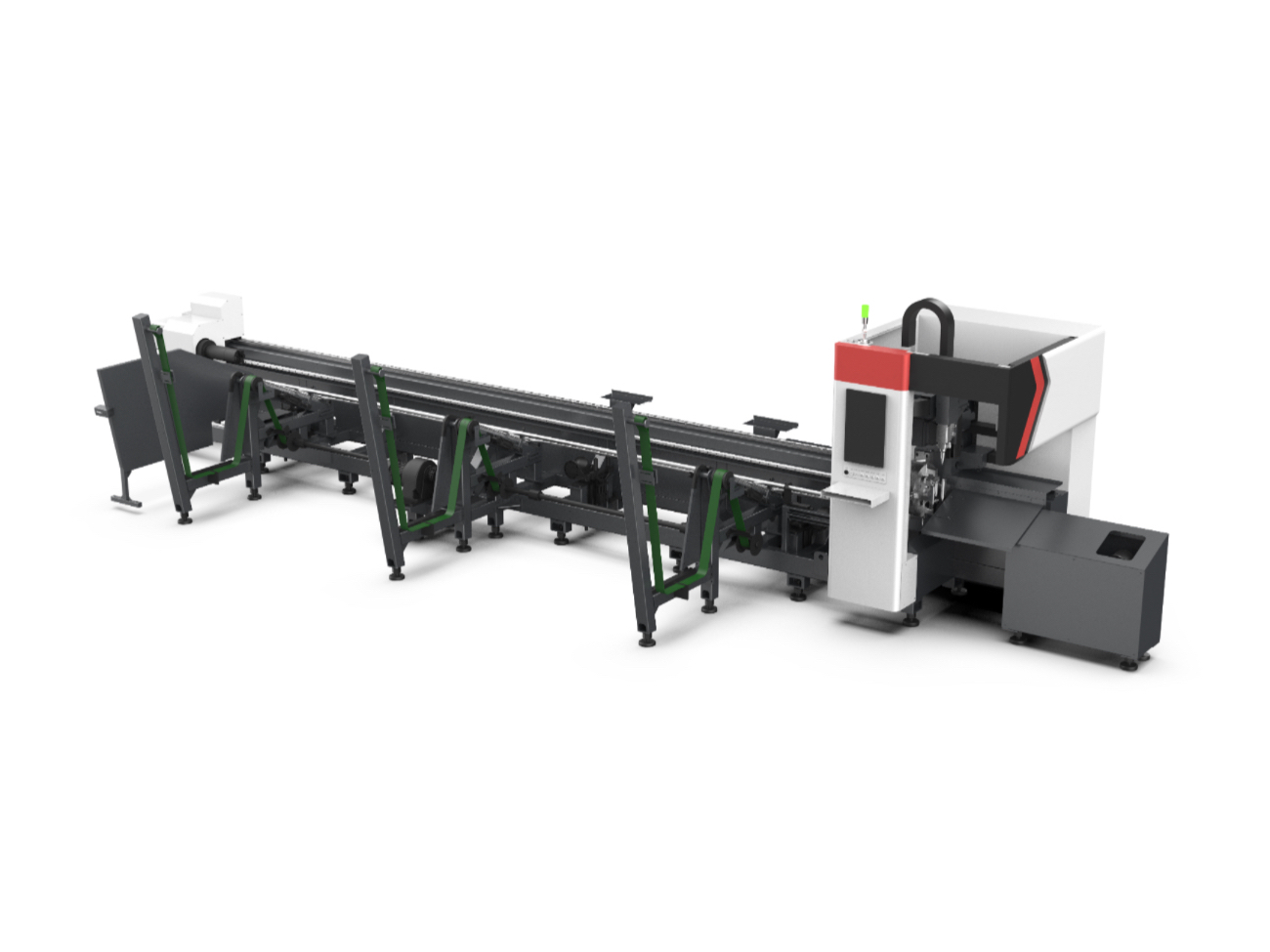
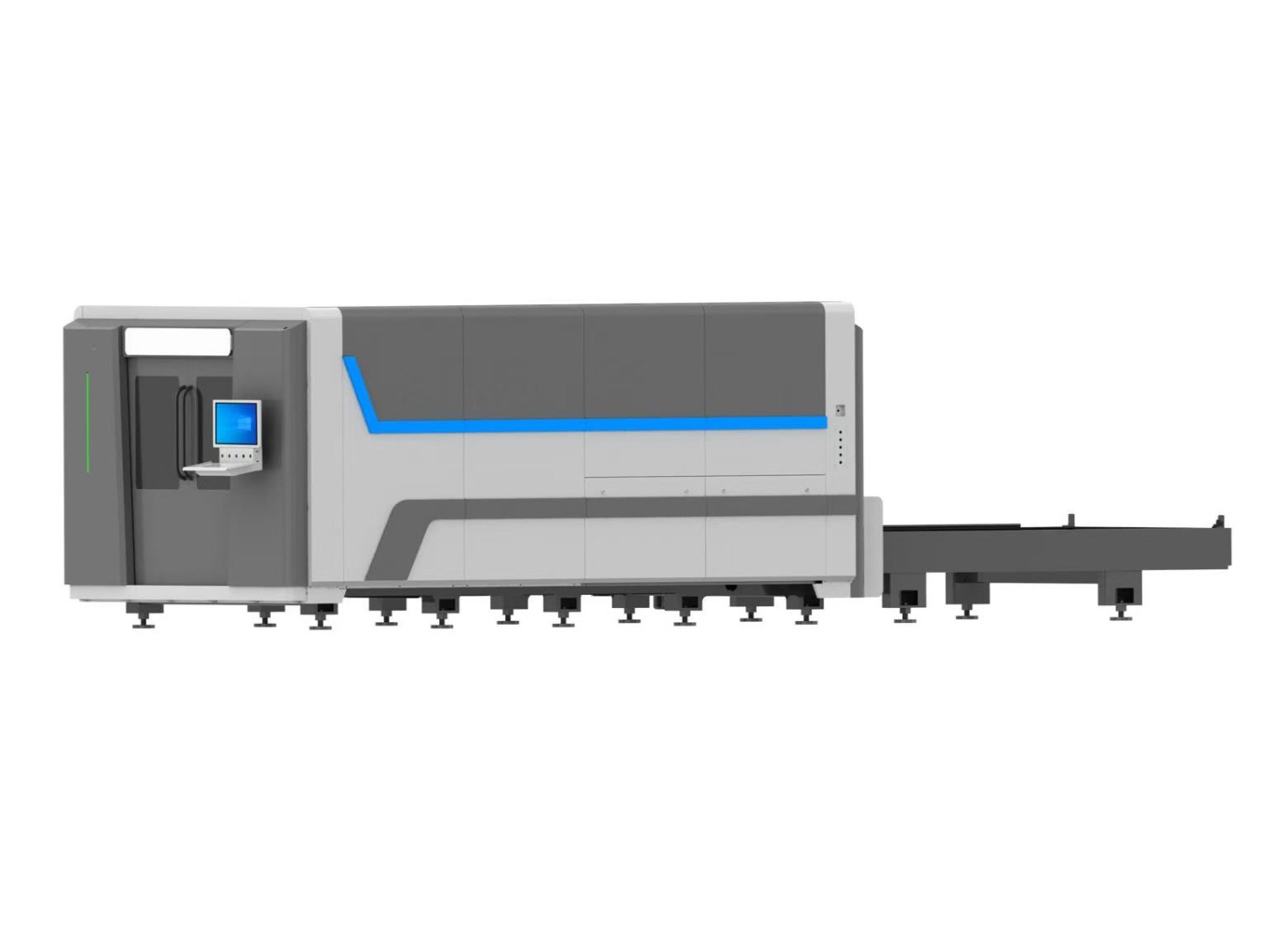
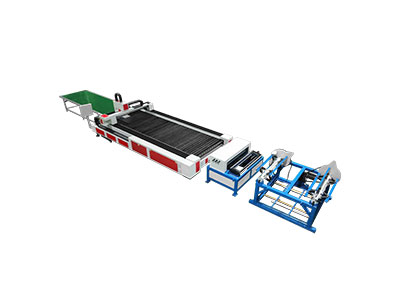
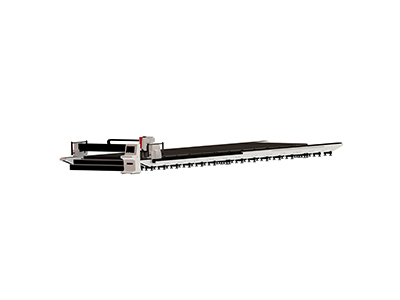
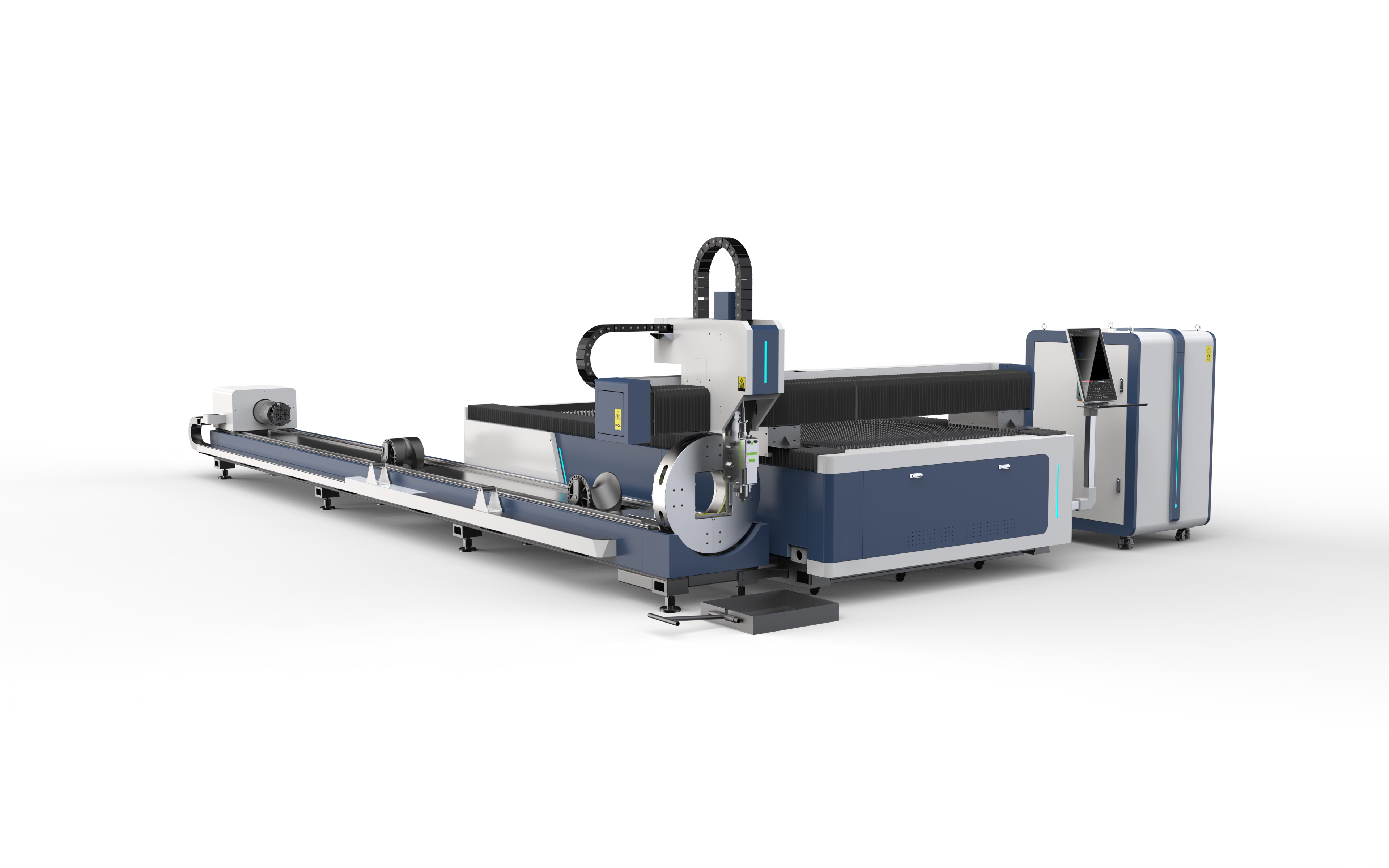
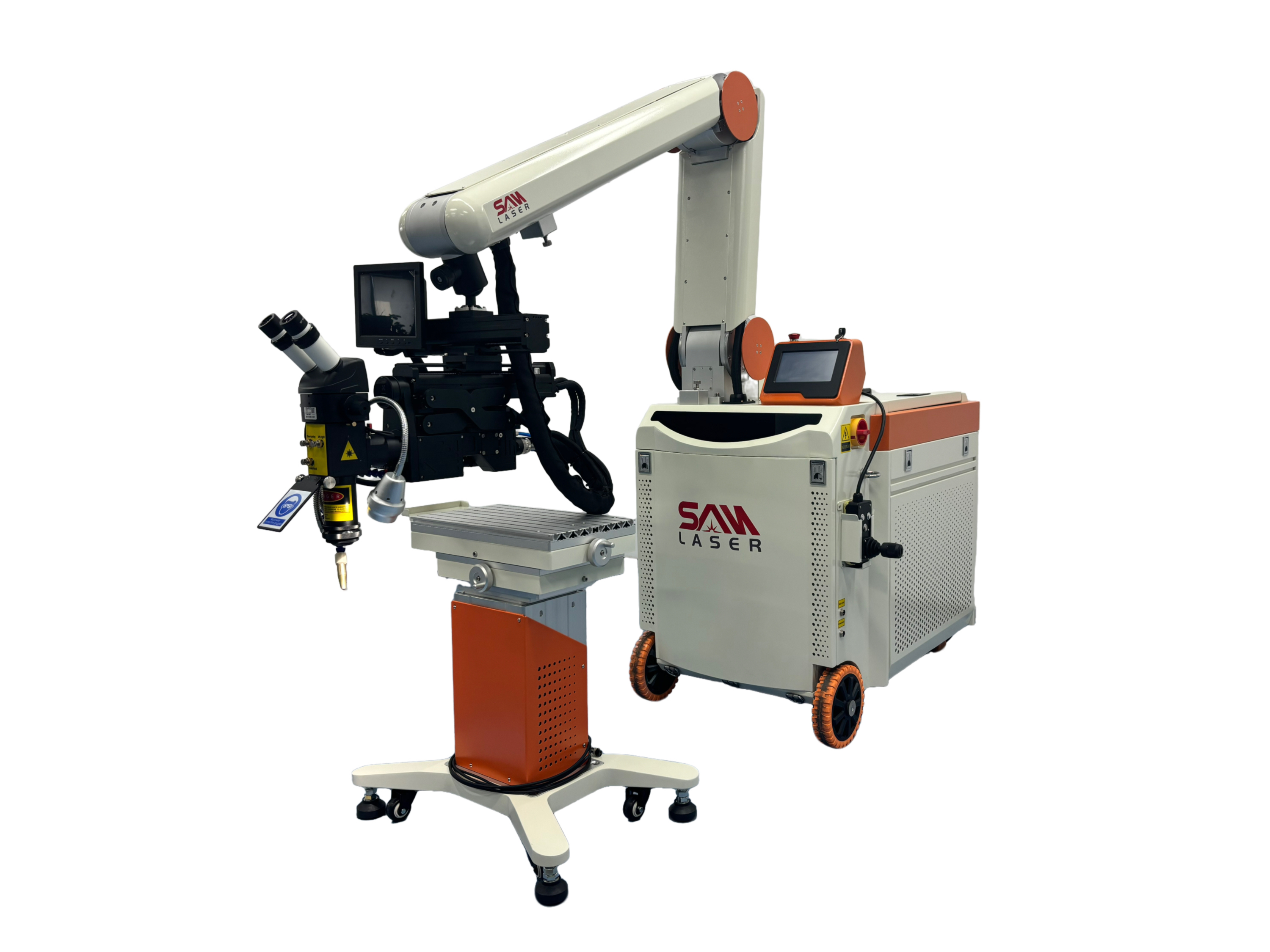
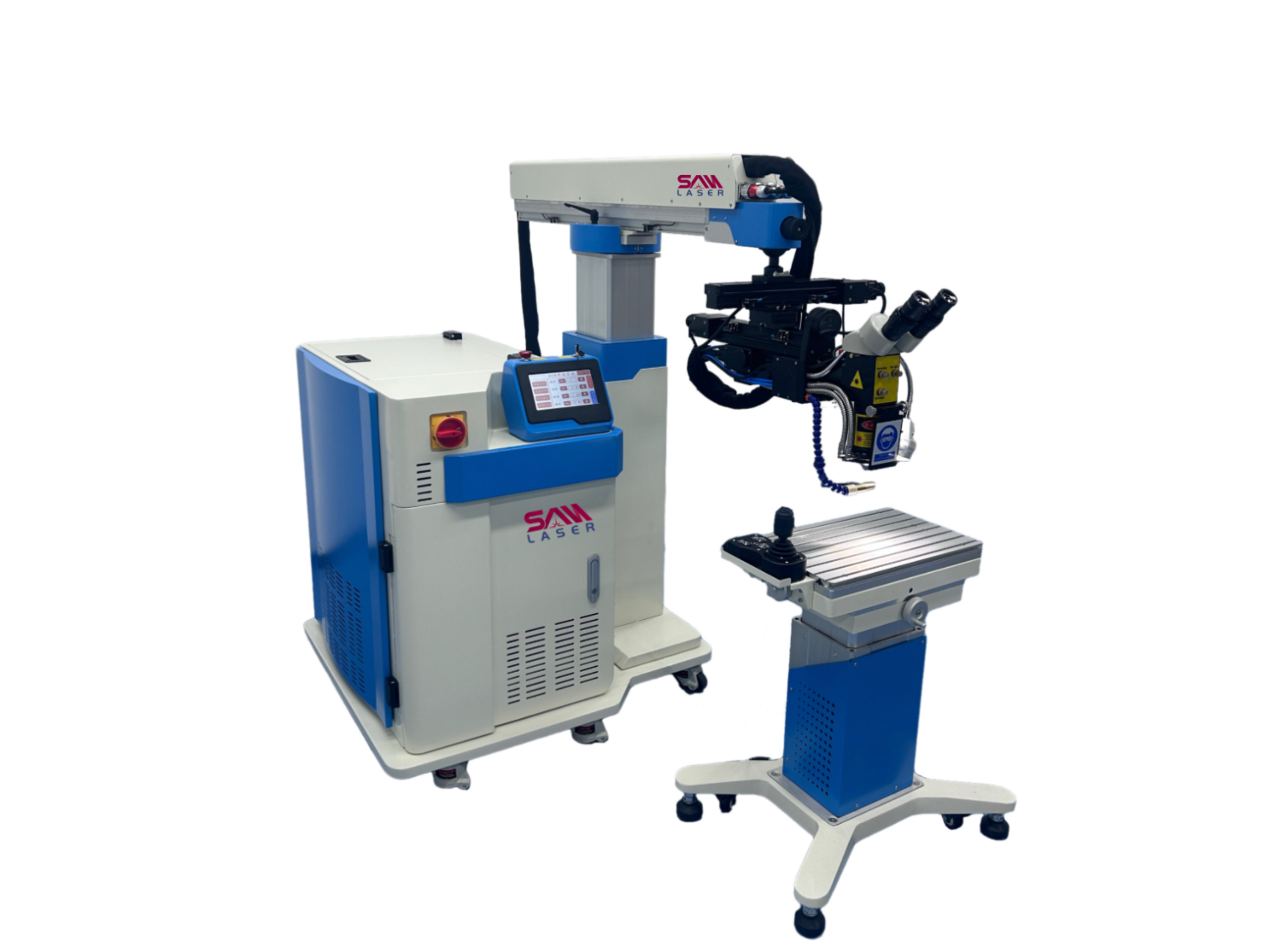
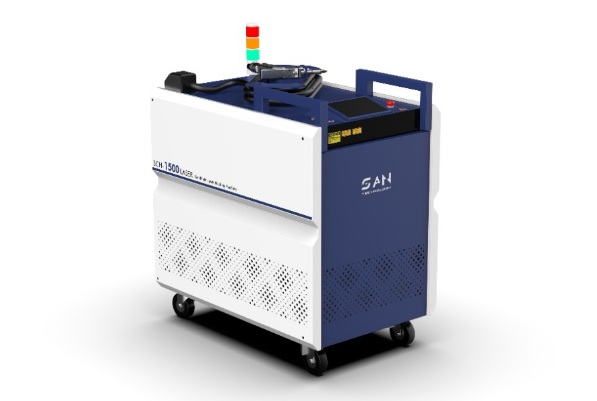
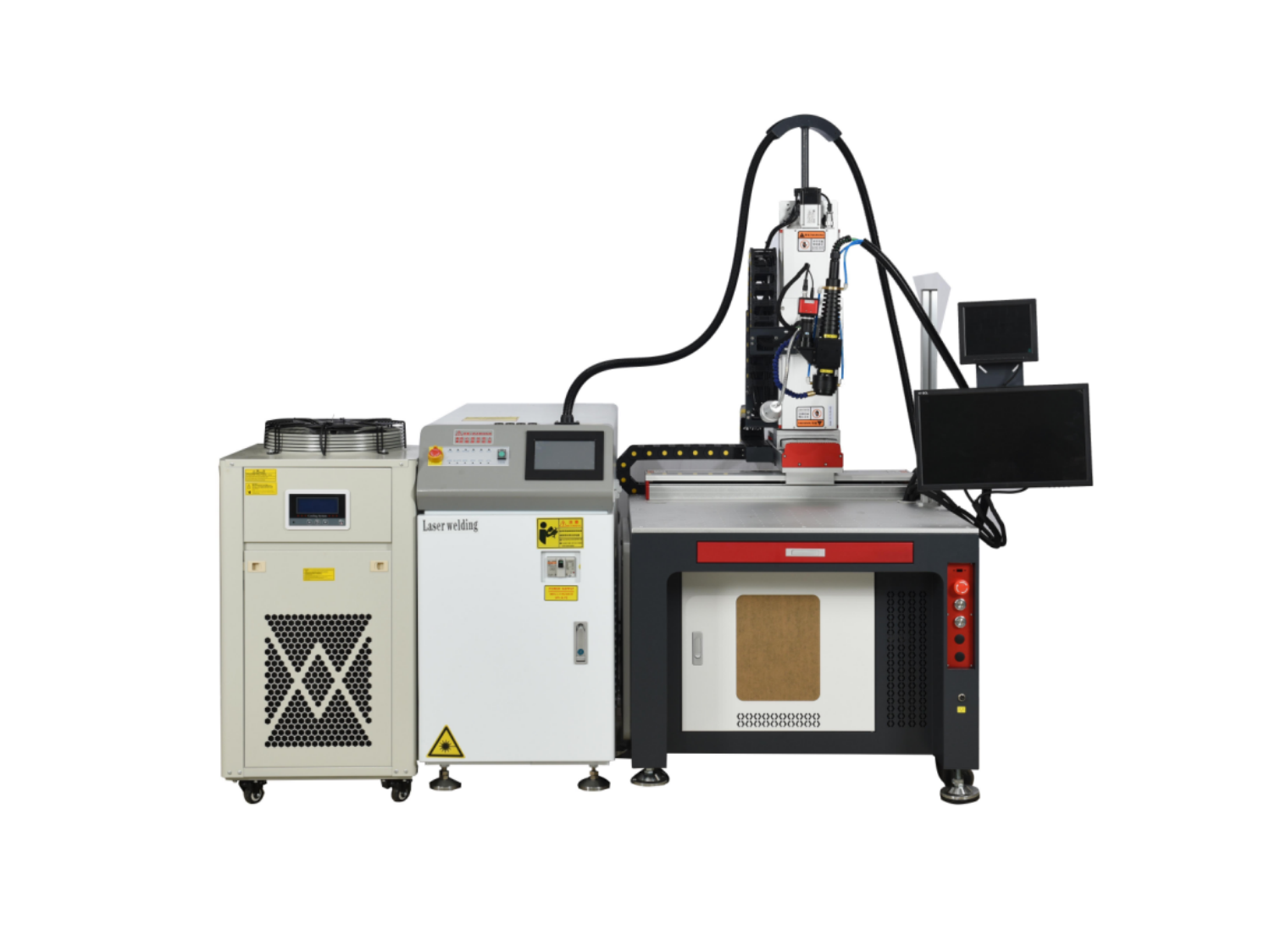
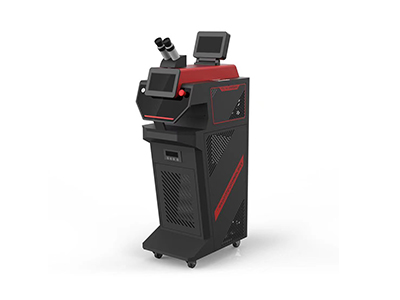
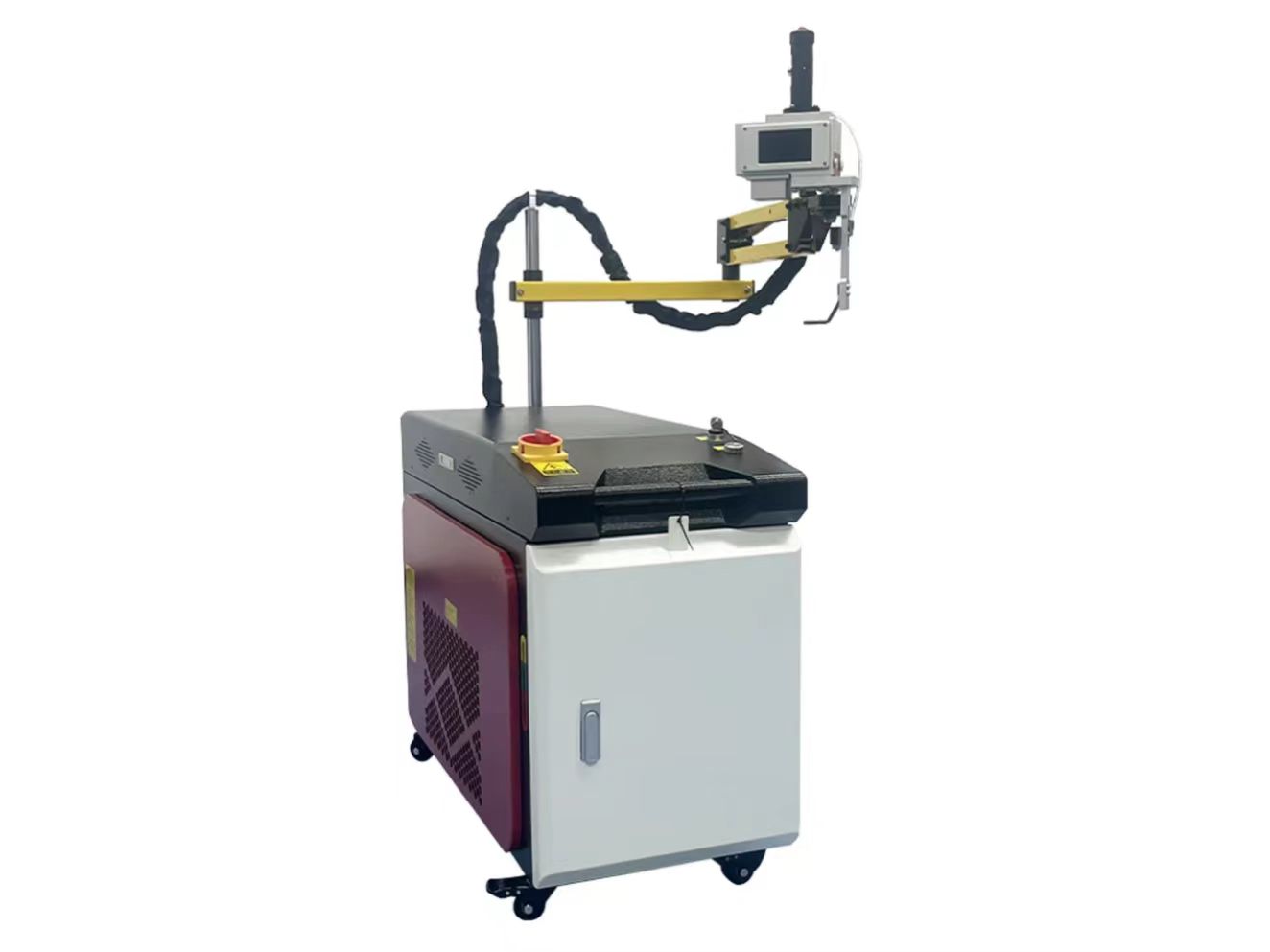
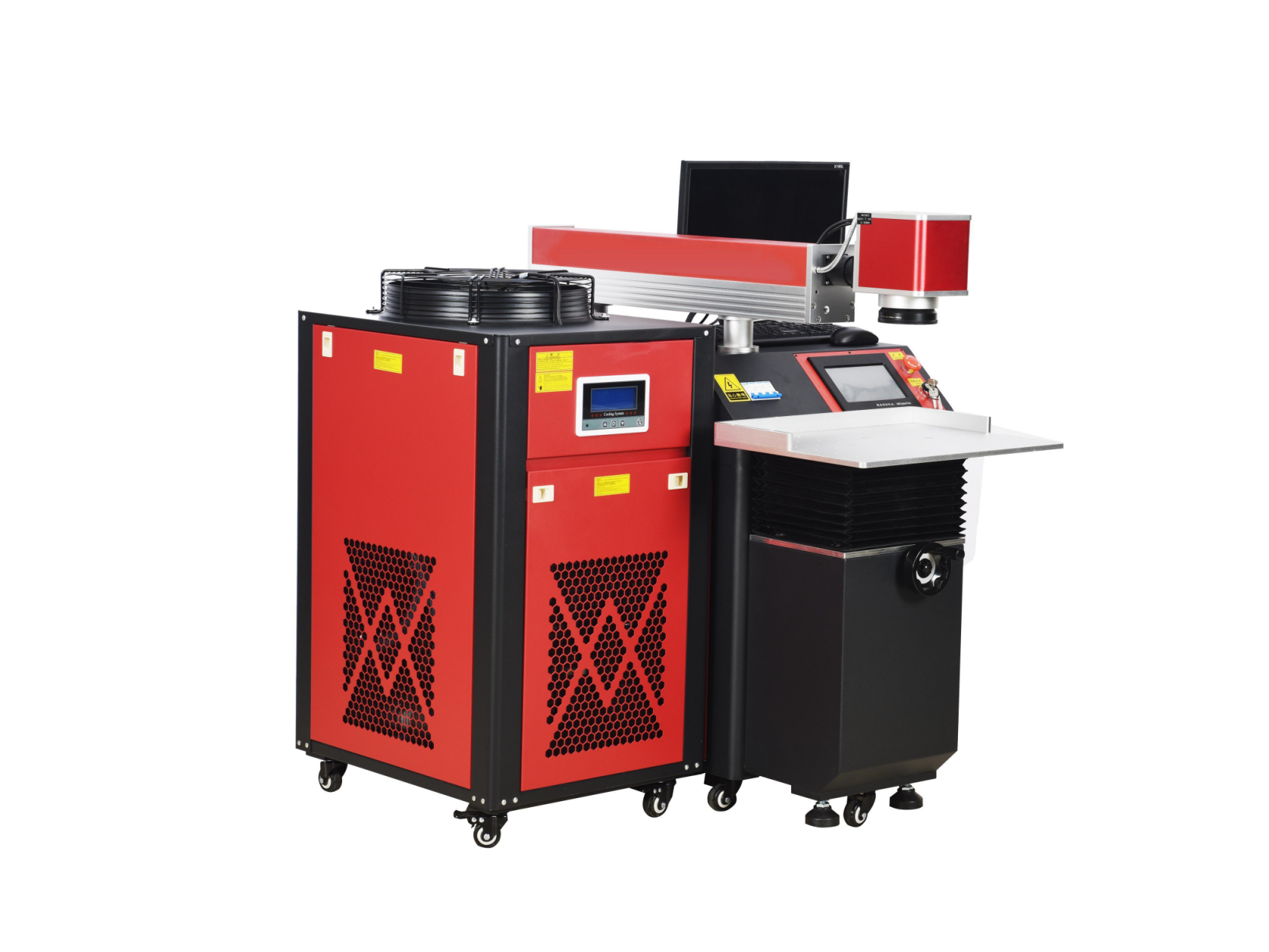
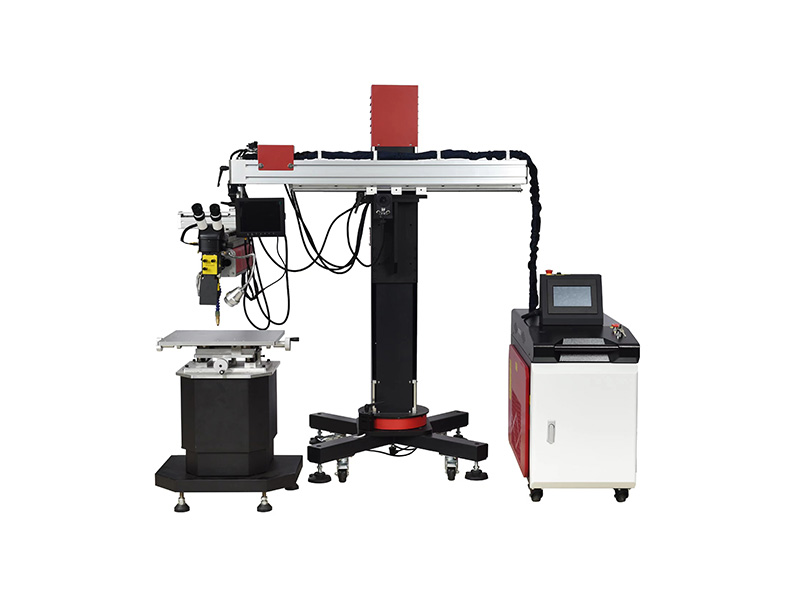
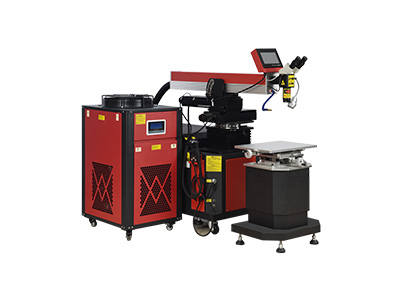
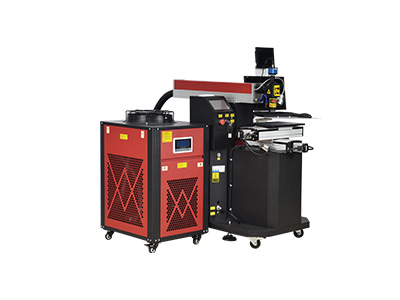
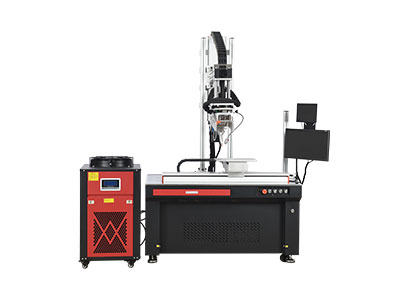
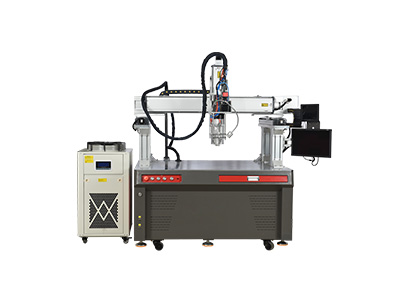
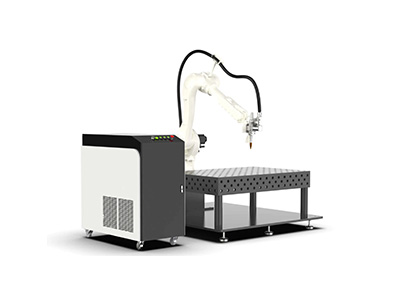
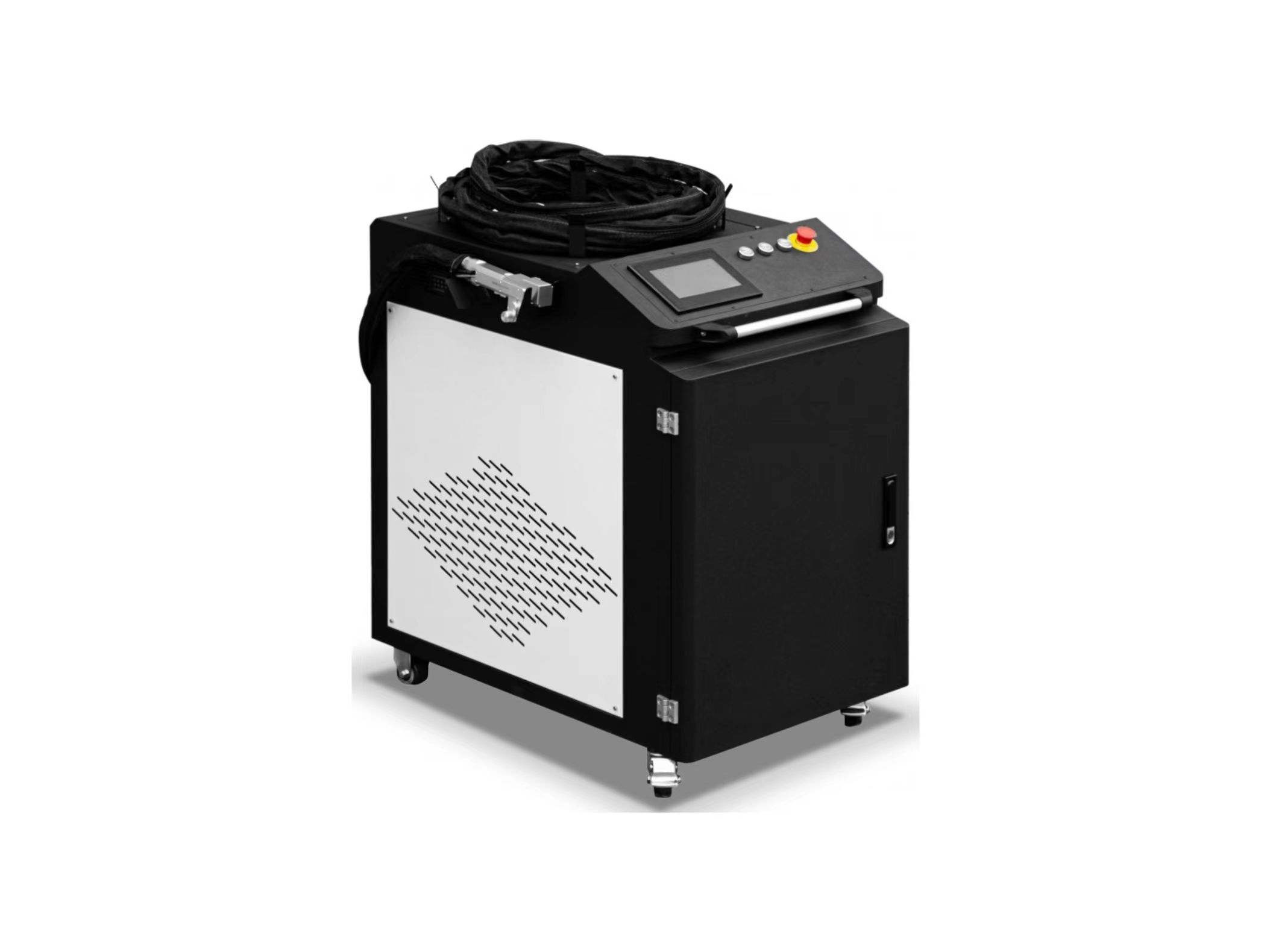
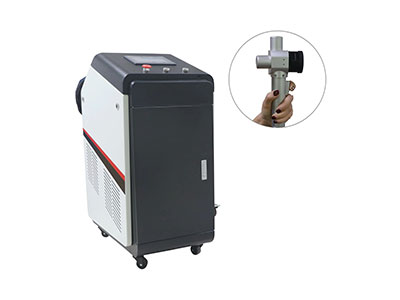
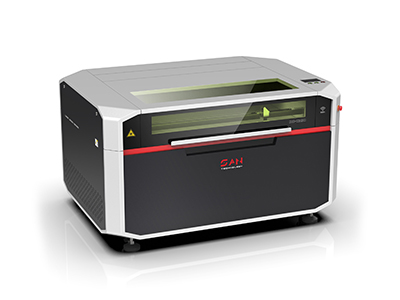
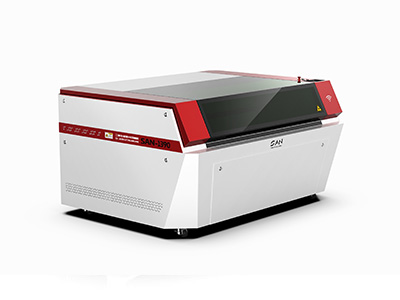
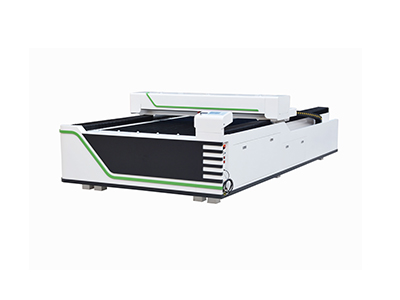
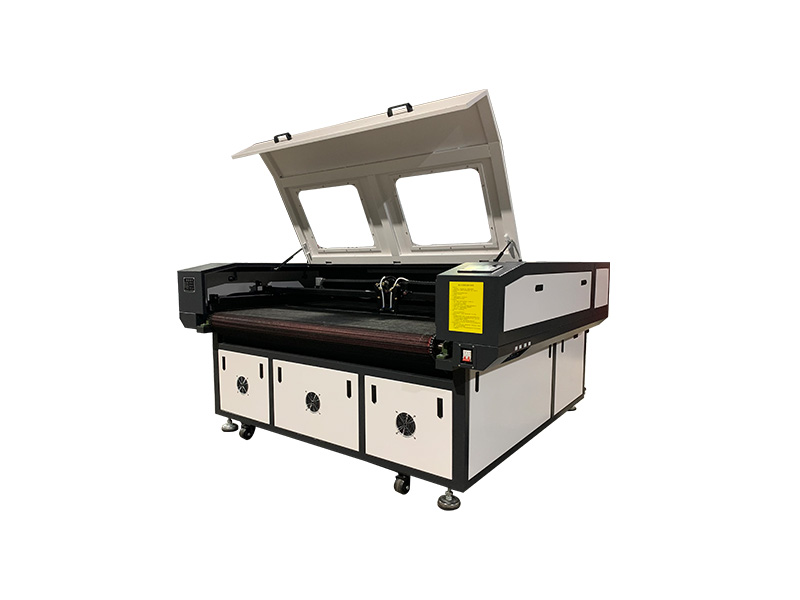
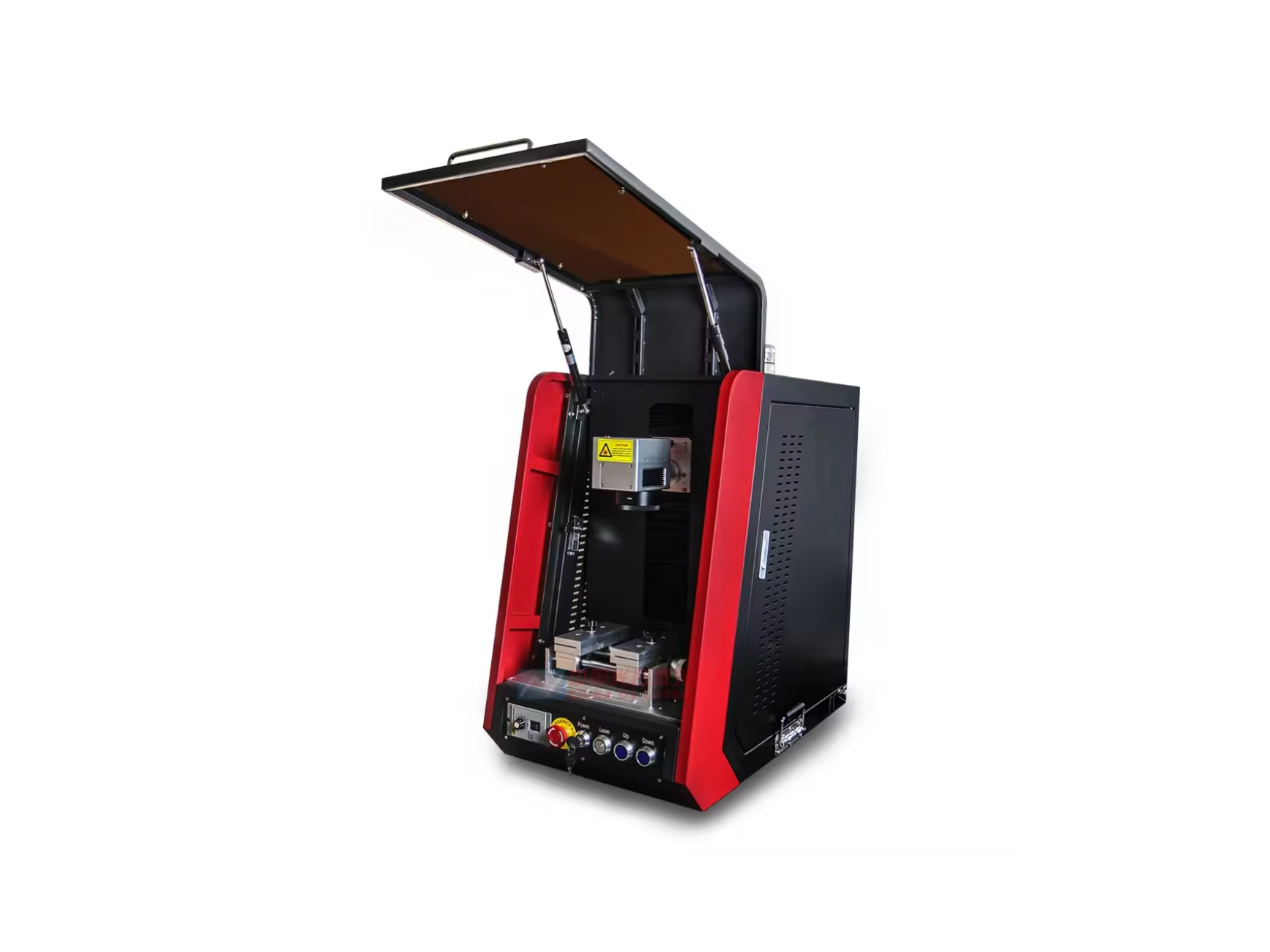
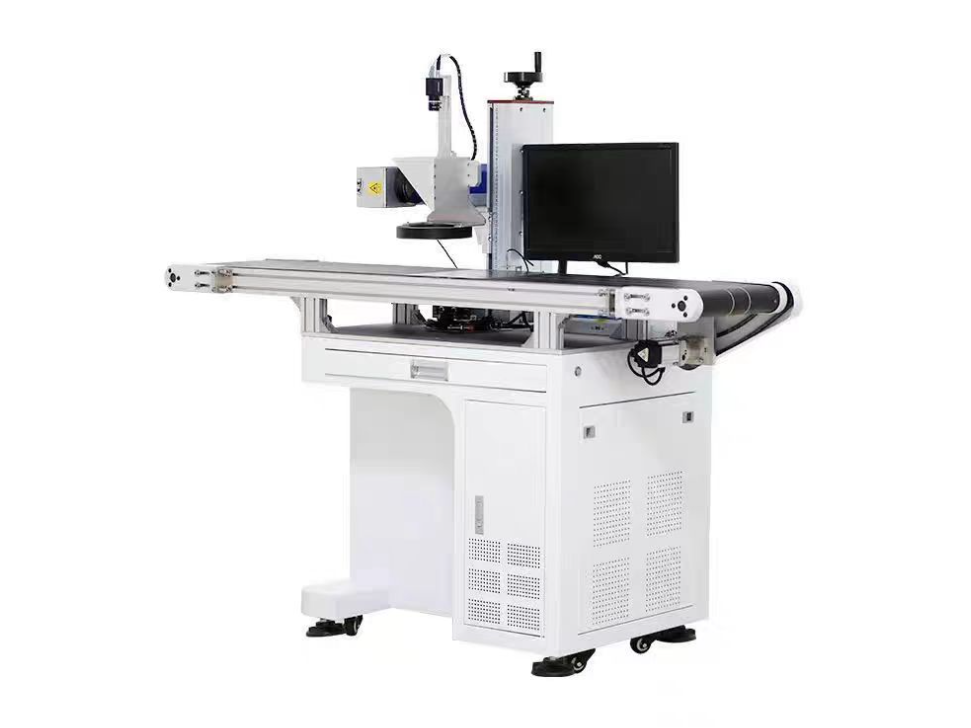
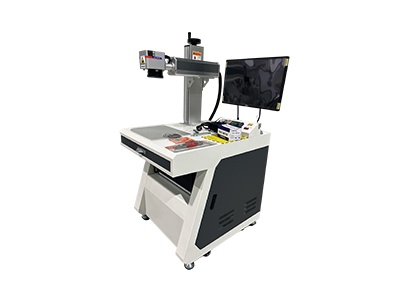
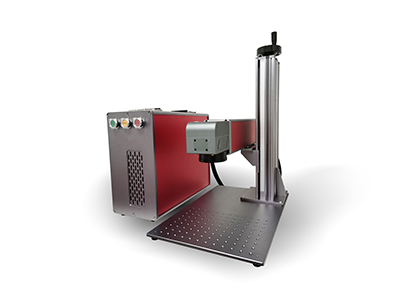
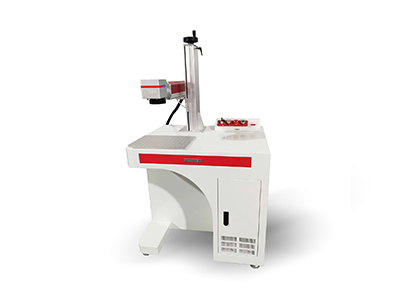
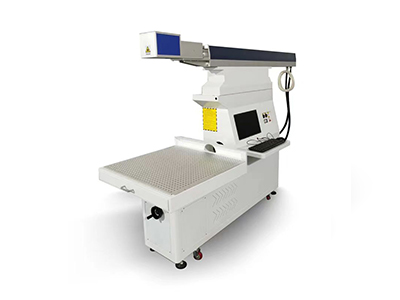
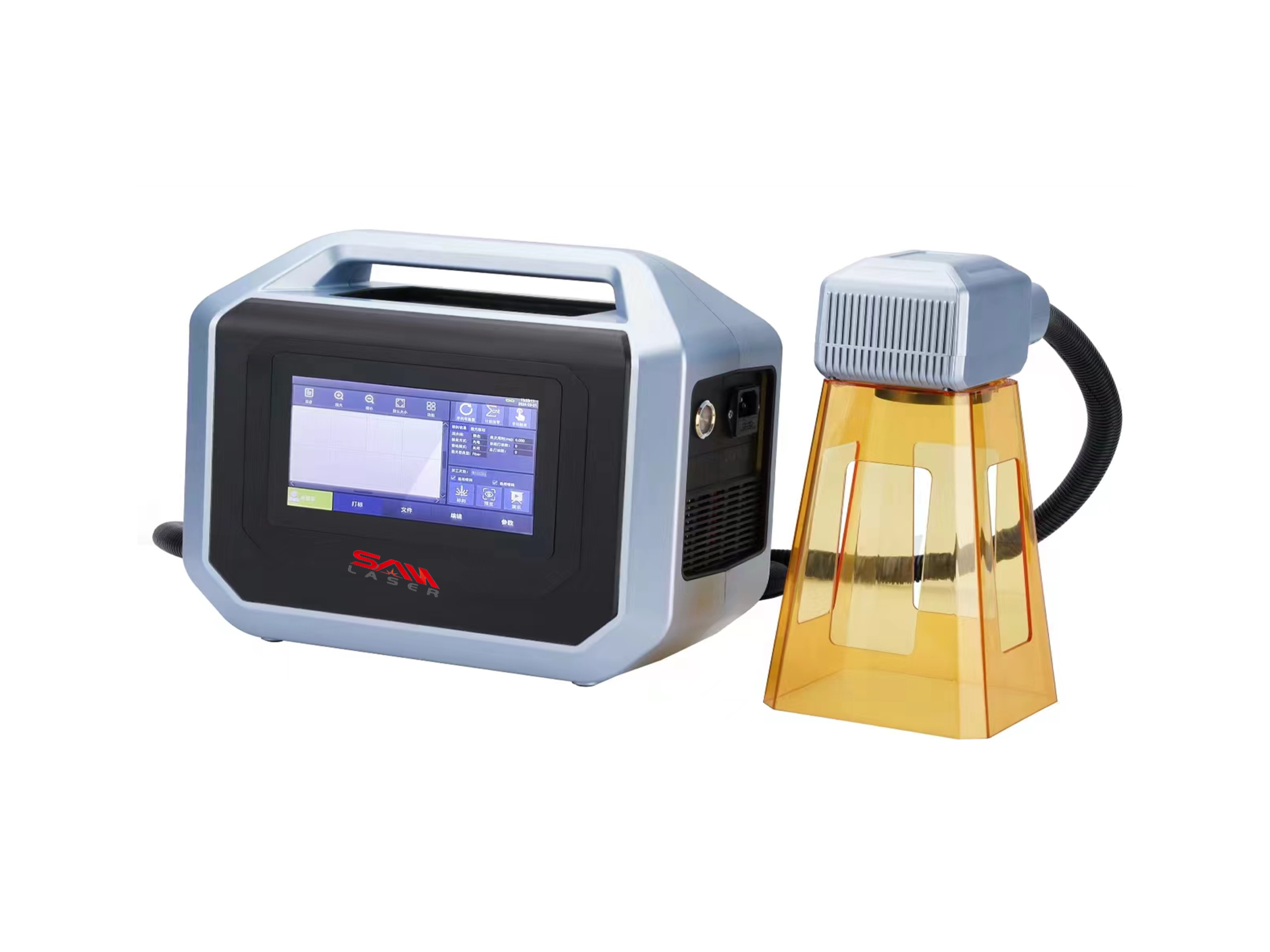
 Welder News
Welder News
